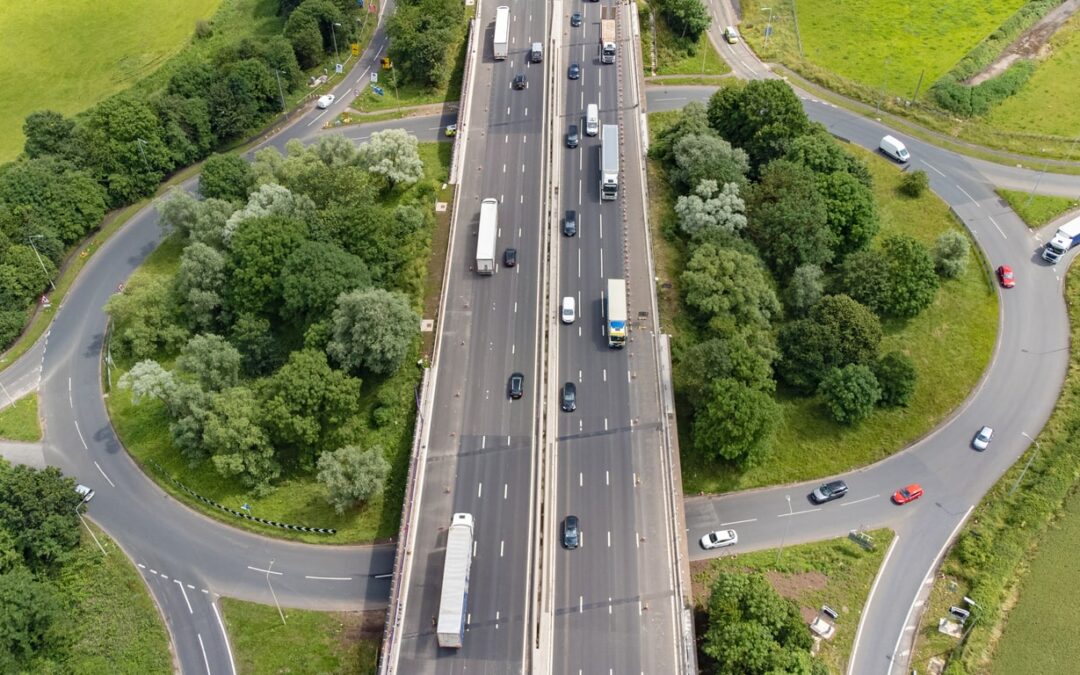Europe’s road freight industry is a vital component of the continent’s economy, facilitating the movement of goods across borders and enabling the efficient flow of trade. The quality and development of Europe’s road networks play a crucial role in determining the efficiency and competitiveness of the road freight sector. In this blog, we will examine the state of road freight infrastructure in Europe and its impact on the logistics industry.
The Trans-European Transport Network (TEN-T)
The Trans-European Transport Network (TEN-T) is a comprehensive network of roads, railways, inland waterways, maritime shipping routes, ports, airports, and rail-road terminals across the European Union. This network aims to facilitate the seamless movement of goods and people across the continent, promoting economic growth and competitiveness.
Core Network Corridors
The TEN-T core network corridors are the backbone of the European road freight infrastructure. These corridors consist of nine major routes that connect the most important nodes of the transport network, including major cities, ports, and border crossings. These corridors are designed to meet the highest standards of infrastructure quality, safety, and environmental sustainability.
Intelligent Transport Systems (ITS)
The TEN-T network also incorporates Intelligent Transport Systems (ITS), which utilise advanced technologies to optimise traffic management, improve road safety, and enhance the efficiency of freight operations. ITS solutions include real-time traffic monitoring, dynamic route planning, and automated toll collection systems.
National Road Networks
In addition to the TEN-T network, each European country maintains its own national road network, which plays a crucial role in facilitating domestic and cross-border freight movements. The quality and development of these national road networks can vary significantly between countries, impacting the efficiency of road freight operations.
Infrastructure Investment
Many European countries have recognised the importance of investing in road infrastructure to support the growth of the road freight industry. These investments include the construction of new highways, the maintenance and upgrading of existing roads, and the development of dedicated freight corridors.
Bottlenecks and Congestion
Despite these efforts, some regions in Europe still face challenges related to bottlenecks and congestion on their road networks. These issues can lead to delays, increased fuel consumption, and higher operational costs for road freight operators.
Sustainability and Environmental Considerations
As the road freight industry continues to grow, there is an increasing focus on sustainability and environmental considerations. European countries are implementing measures to reduce the carbon footprint of road freight operations, such as promoting the use of alternative fuels, encouraging modal shifts to more environmentally friendly modes of transport, and investing in infrastructure that supports efficient and sustainable logistics operations.
Conclusion
Europe’s road freight infrastructure plays a vital role in supporting the continent’s logistics industry and facilitating the efficient movement of goods across borders. While significant progress has been made in developing the TEN-T network, and national road networks, challenges related to bottlenecks, congestion, and environmental sustainability remain. Continued investment and collaboration between European countries and the logistics industry are essential to ensure the long-term competitiveness and sustainability of the road freight sector.
If you need assistance with European road freight, click here to learn more about our European road freight services

